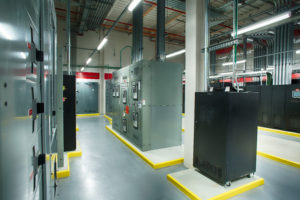 In an article appearing in the April 2018 issue of Consulting-Specifying Engineer magazine, Brandon Sedgwick, PE shares his perspective on data center design and commissioning trends.
In an article appearing in the April 2018 issue of Consulting-Specifying Engineer magazine, Brandon Sedgwick, PE shares his perspective on data center design and commissioning trends.
CSE: What’s the biggest trend you see today in data centers?
Brandon Sedgwick: The biggest trends we see in data centers today are megasites and demand-dependent construction. In this highly competitive market, minimizing cost per megawatt of installed capacity is a priority for data center owners, which is why megasites spanning millions of square feet with hundreds of megawatts of capacity are becoming more common. Borrowing a page from just-in-time manufacturing principles, these megasites (and even smaller facilities) are designed to be built or expanded in phases in response to precontracted demand to minimize upfront capital expenditure and expedite time to market. Consequently, these phased projects often demand compressed construction schedules with unyielding deadlines driven by financial penalties for the owner. This has led to simpler or modular designs to expedite construction, maximize capacity, and reduce costs while allowing flexible redundancy and maintainable configurations to meet individual client demands.
CSE: What trends and technologies do you think are on the horizon for such projects?
Sedgwick: One trend we are seeing more frequently is that IT is leveraging methods, such as virtualization, that can be used to “shift” server processes from one location to another in the event of a failure, to offset physical power-delivery system redundancy. This allows engineers to streamline infrastructure design by reducing power transformations between incoming sources and the load, simplifying switching automation, and minimizing—or even eliminating—UPS and backup generation. Simpler power-delivery systems consume less square footage, are faster to build, and free up more of a facility’s footprint for white space.

MEP Commissioning by HP&D at T5 Data Centers‘ Dallas III LEED Silver facility
CSE: Each type of project presents unique challenges — what types of challenges do you encounter on projects for data centers that you might not face on other types of structures?
Sedgwick: In data centers, downtime is not an option. Period. As a commissioning firm, this challenge presents itself in different ways depending on whether you are building a new facility or modifying an existing live site. In a new facility, building a reliable system is the primary focus throughout the entire project, and commissioning is verified by the owner that once the system goes live, it won’t go down. However, as project schedules are constantly under pressure to be expedited, or issues cause time frames to slip, it’s usually the commissioning schedule that is shortened to accommodate delays upstream. The stakes are high when equipment needs to be added, capacity expanded, or controls upgraded in a live facility. Working safely while maintaining power to critical components requires scrutiny above and beyond that of new construction to prevent injury, property damage, and service disruptions. The commissioning agent must be knowledgeable enough to anticipate unintended consequences of planned actions, and the agent must thoroughly understand operational sequences and system responses to mitigate unnecessary risks to personnel and property. Discernment is crucial when determining what level of commissioning is required. Commissioning specifications for a live site often duplicate those developed for the original installation. The commissioning authority may suggest specification modifications to align the commissioning effort and approach with functional verification requirements, and to minimize operational impact. In some cases, the live-site environment may warrant more testing or different methods, or the scope may need to be reduced to mitigate risk.

